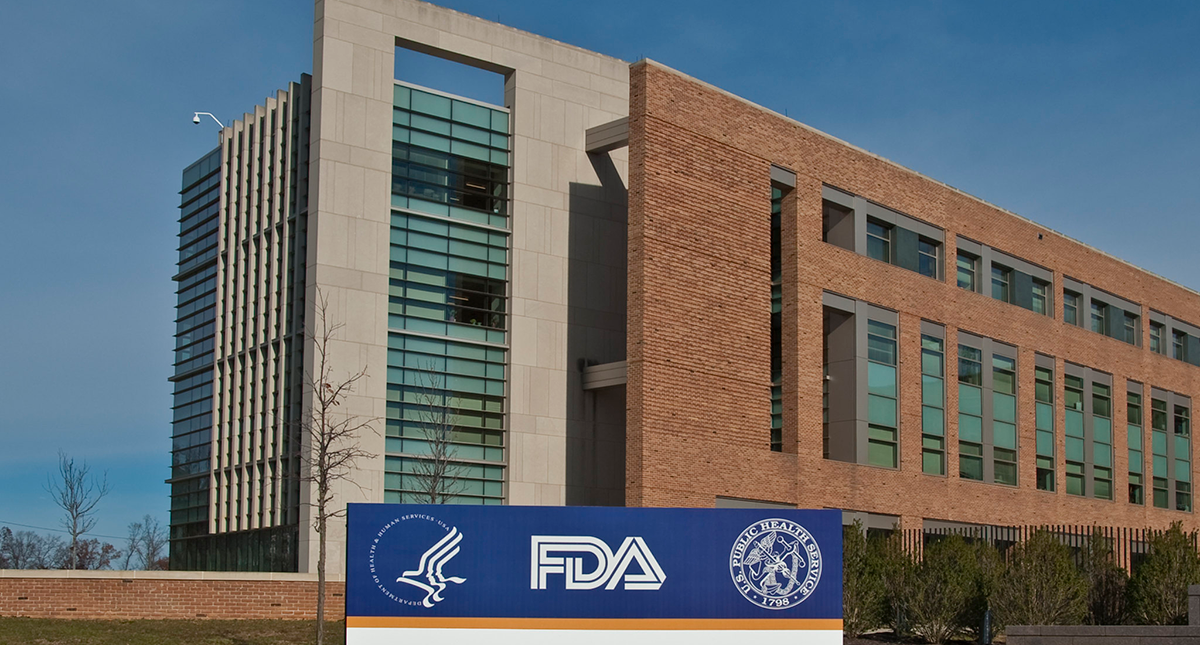
21 Mar Responding to FDA inspections in an era of closer scrutiny
Understand the process and manage the consequences.
By Jill Dawson, The Association of Clinical Research Professionals (ACRP)
Many changes were made to the U.S. Food and Drug Administration’s (FDA’s) requirements for clinical research during the COVID-19 pandemic, including adoption of decentralized clinical trial (DCT) elements such as novel monitoring models, shipping investigational products to patients’ homes, and changes to document-sharing procedures. As the agency returns to a full inspection schedule, these changed models are being inspected for the first time, raising concerns at some sites about the potential for increased findings.
“DCTs will present a whole new area for FDA to dig into,” says Janet Holwell, CCRC, CCRA, TIACR, FACRP, a Clinical Research Consultant/Trainer. “This is an area where the regulations have not caught up, and to some extent, the cart got ahead of the horse. Study procedures took place away from the clinical site, sometimes carried out by third-party vendors at the participant’s home. There is a lack of clarity about the regulatory requirements in these instances, where the principal investigator has responsibility but may not have selected the vendors.”
“Key areas of concern from an inspection perspective include post-COVID changes to monitoring procedures, document sharing, and privacy issues,” notes Glenda Guest, CCRA, RQAP-GCP, TIACR, ACRP-MDP, FACRP, President, Assured of Quality Consulting & Training. “It seems likely that errors were made despite good intentions during this challenging period. It was impossible to implement the original monitoring plans envisaged in the protocol pre-COVID, and it remains to be seen whether the necessary changes to workflows were documented adequately from a regulatory perspective.” Read more …



